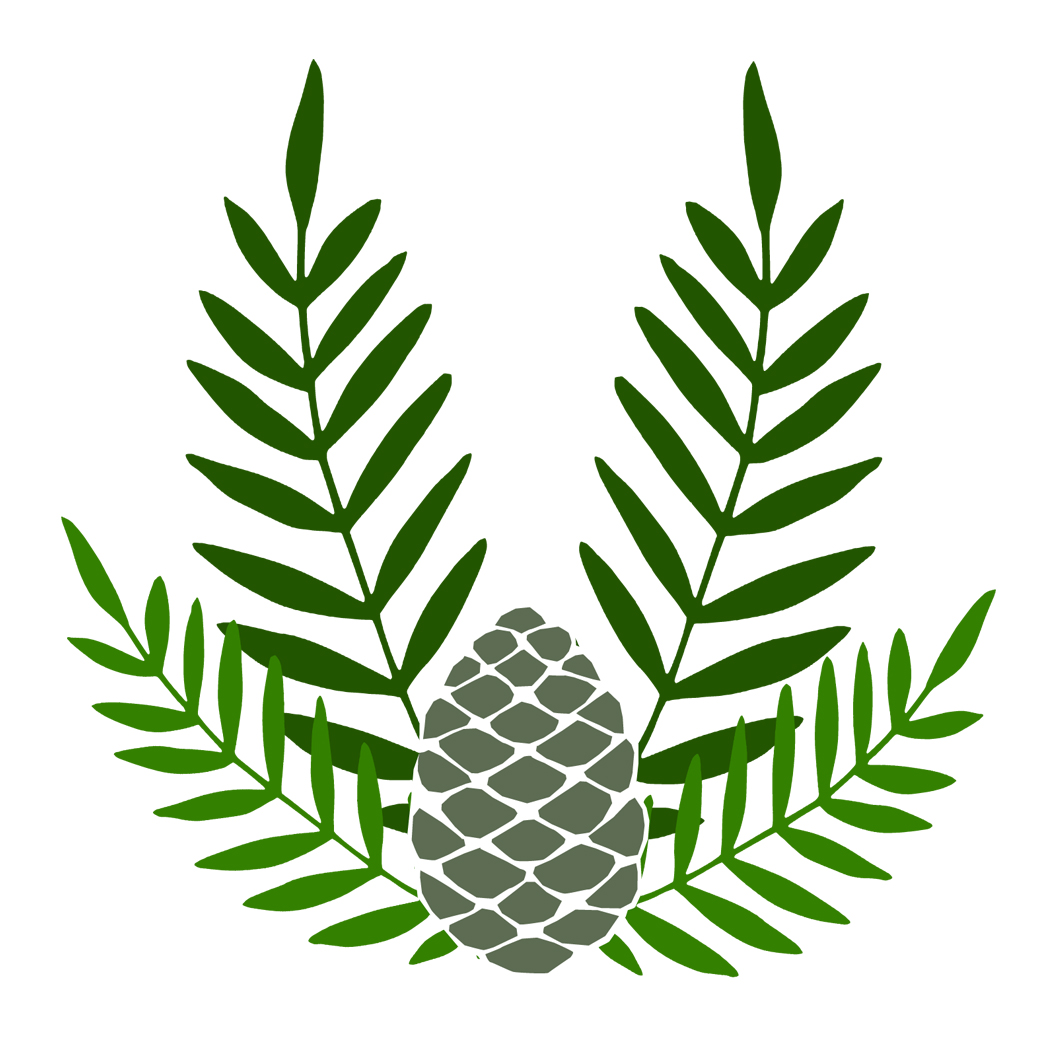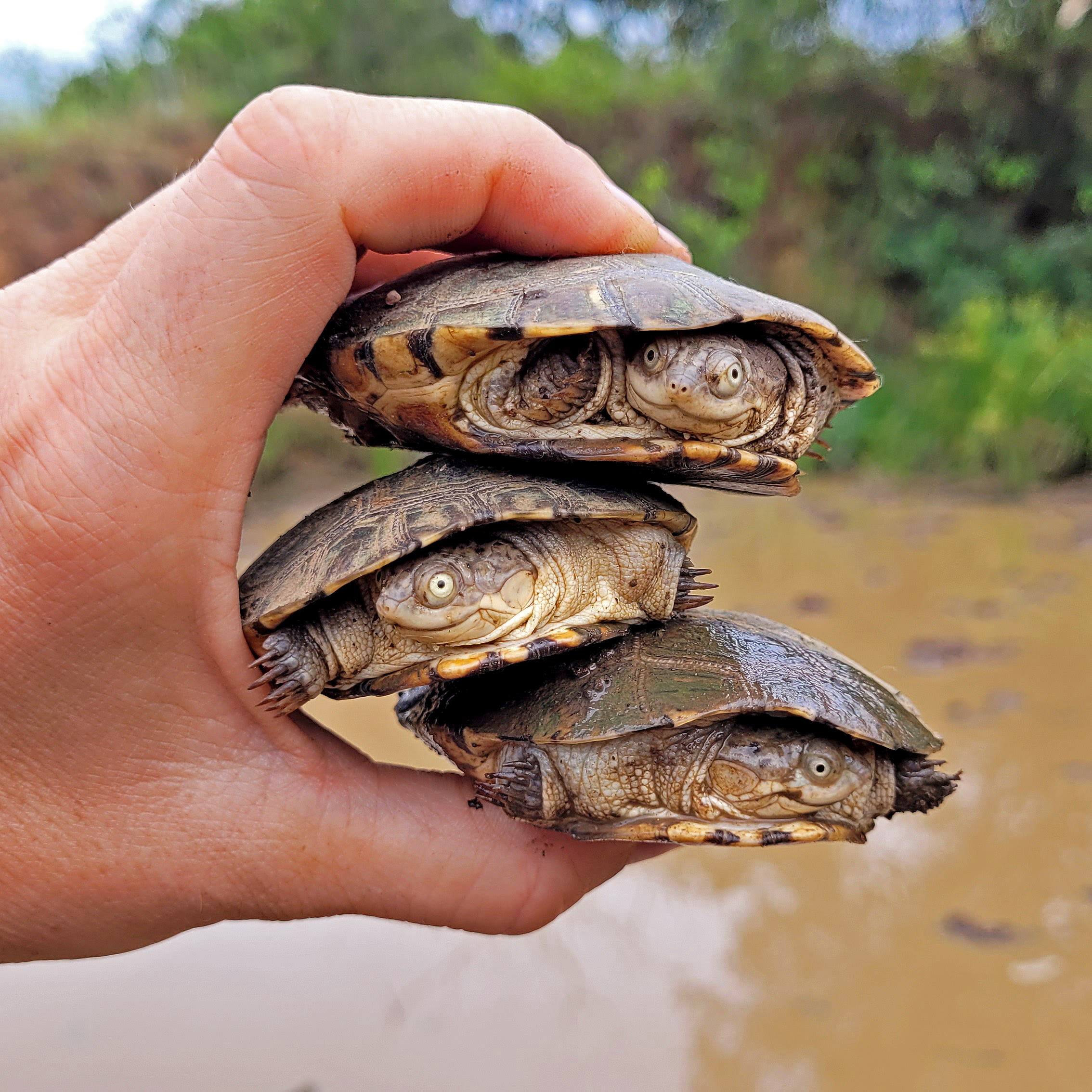RESEARCH
Forgotten treasures – using historic collection material to assess the diversity and systematics of wide-ranging taxa

Molecular genetic approaches frequently revealed species which were considered widespread and common to harbour several narrowly distributed and potentially endangered taxa demonstrating that putatively widespread taxa need considerably more attention. However, obtaining a range-wide sampling is often unfeasible. Genetic samples obtained from scientific collections represent an appealing alternative but unfortunately age, preservation techniques, and storage conditions lead to fragmentation and contamination with exogenous DNA. Thus, historic samples were long considered useless for molecular genetic analyses. This DFG-funded project (IH133/1-1) applies specialised DNA extraction protocols, single-stranded or double-stranded library preparation, hybridization-based target enrichment, and Next Generation Sequencing (NGS) techniques suitable for short fragments to elucidate exemplarily the diversity of African Hinge-back Tortoises of the genus Kinixys from collection material (including name bearing type specimens).
Ecological modelling

Ecological models determine relationships between species, or species with their environment at various temporal and spatial scales. Depending on the research question different types of models are applied for conservation management, the management of invasive species, or to unravel patterns and processes of speciation. Niche models are frequently used to assess current habitat suitability or test refugial hypotheses and explain evolutionary processes of speciation or quantify expected future impacts of global climate and land-use change. Connectivity models assess connectivity or fragmentation of populations or suitable habitat patches for instance to evaluate the effectiveness of designated protected areas or impacts of land-use changes. Process-based dynamic models implement demographic, genetic, and dispersal data to simulate population effects e.g., to evaluate conservation measures.
Preserving the last of their kind - Conserving South African cycads

South Africa is a global hotspot for cycad diversity. Except for a single taxon all belong to the genus Encephalartos with the majority of species endemic to the country. Cycads are recognized as the most threatened plant group in the world. 69% are threatened with extinction in the near future due to poaching for ornamental purposes and traditional medicine. In close collaboration with the Cycad Specialist Group and the Wild Cycad Conservancy, this project brings together experts from botany, remote sensing, molecular genetics, conservation, and ecological modelling to conserve South Africas’ enigmatic cycads. One priority of the project is the endangered Waterberg Cycad (Encephalartos eugene-maraisii) which is endemic to the Waterberg Range located in Limpopo, South Africa, and has declined to few small and scattered subpopulations. The project combines genetics with drone surveys and remote-sensing derived modelling approaches to find additional populations, determine population connectivity, identify suitable re-introduction sites for reared seedlings, and assess the vulnerability of highly specialised Cycad-pollinator relationships to climate and land-use changes to develop appropriate conservation measures. I joined the project in 2022 and will be responsible for ecological modelling.
Ecology, Diversity, and Distribution of southern African Chelonians

The project has three main components: 1) Molecular genetics and systematics: aims at clarifying genetic relationships, identifying hidden diversity, revealing contact zones and hybridization between sympatric taxa and genetic lineages using state-of-the-art genetic techniques (mtDNA, nuclear sequences, SNPs or microsatellites). In addition, morphological data is collected to quantify shape variation using geometric morphometrics. 2) Ecological modelling: Occurrences are used to build ecological models. Depending on the research question, niche models, population connectivity models, or process-based models will be applied to identify habitat requirements, quantify niche similarity, forecast impacts of global change or simulate effects of conservation measures. 3) Ecology and natural history: Various wildlife monitoring techniques are applied. Environmental data loggers, in combination with camera traps facing burrow entrances, reveal daily and seasonal activity patterns in relation to climate. GPS and VHF tracking are used to monitor daily and seasonal movement.
Conservation & ecology

Although some chelonian species have been revealed to provide important ecosystem services, e.g. by contributing to seed dispersal and germination, the natural history of most turtles and tortoise species remains unexplored, especially in the tropics. Ecological research investigating thermal ecology, feeding ecology, and movement patterns directly contribute to successful reinforcement, reintroduction, and conservation management. My research focuses on the analyses of movement and habitat use patterns of freshwater turtles and tortoises to understand how they utilize their habitat and how they disperse. Another major aspect of my ecological research is the connectivity between populations, which, combined with knowledge on habitat use, can identify isolated populations with a higher extinction risk and guide the planning of effective conservation areas.
Phylogeography

Phylogeographic research aims at the characterization of the spatial distribution of species or species groups and exploring the historical processes shaping it. By putting genetically distinct units that are genealogically linked through shared ancestors into a spatial context, the biogeographic history of a species or species group provides implications about historical events that have shaped the observed patterns. I apply phylogeographic techniques to detect evolutionary lineages or clusters in widespread vertebrate taxa and to subsequently explain the observed distributional patterns. In case of the Southeast Asian Snail-eating turtles of the genus Malayemys this yielded a so far unrecognized species. North American turtle species exhibit patterns of range expansion, contraction, and fragmentation during the Quaternary that are strongly congruent with phylogeographic differentiation. However, my recent research on North-American map turtles of the genus Graptemys revealed only few evolutionary lineages with little genetic diversity and therefore challenges the present inflated taxonomy of this genus.






